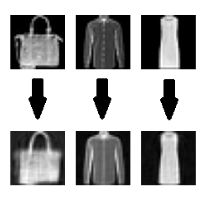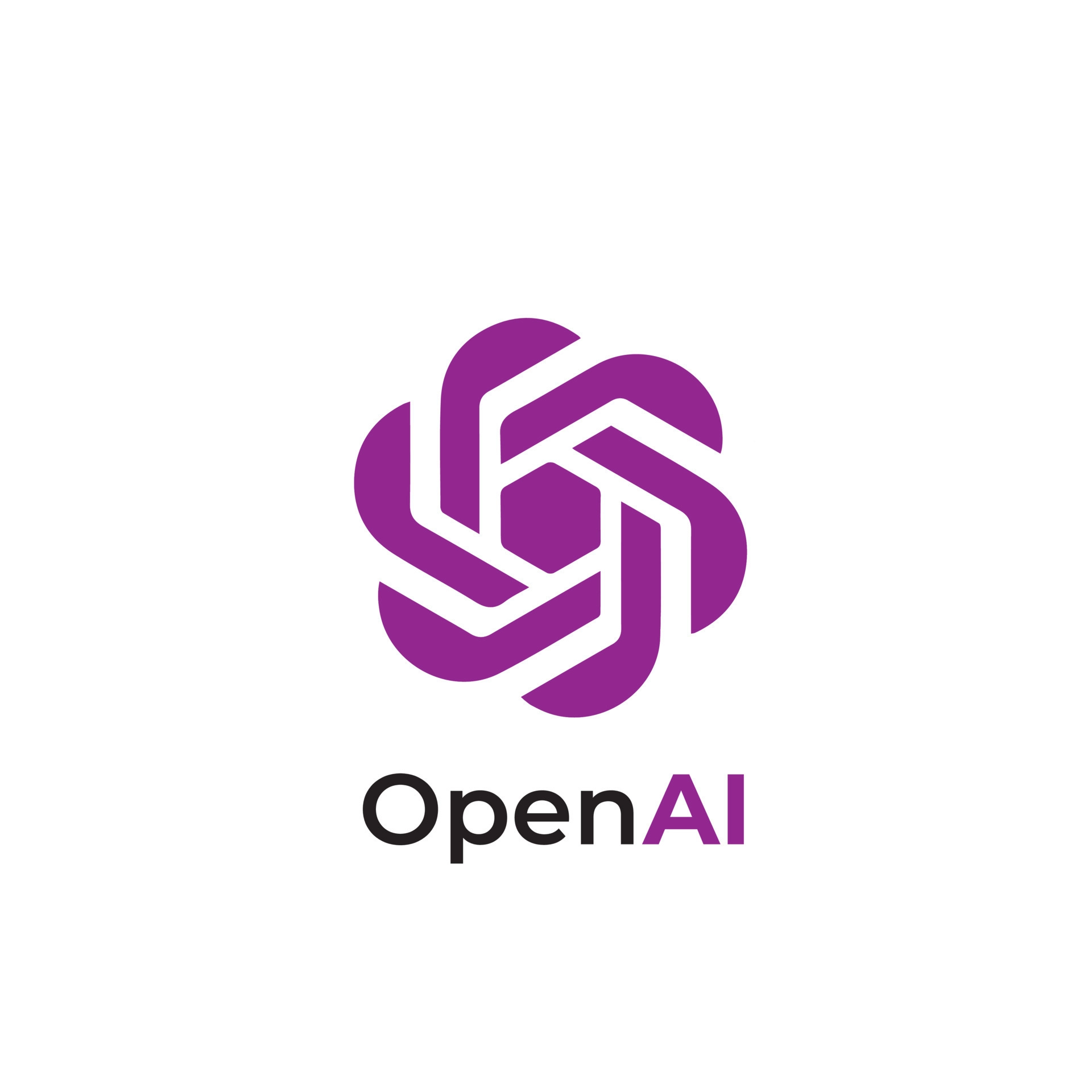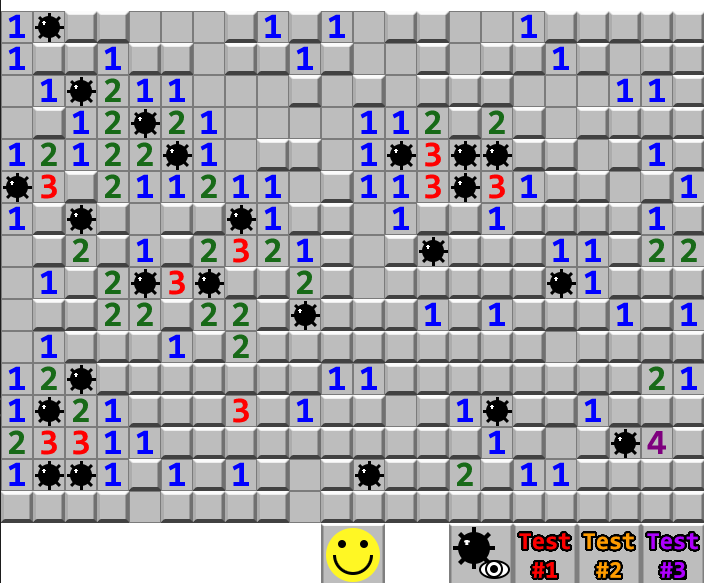Featured Projects
Autoencoder
Implemented an autoencoder to compress and decompress images from the MNIST dataset. The autoencoder architecture consisted of four linear encoding layers and four linear decoding layers. The objective was to reduce the dimensionality of the images while preserving their essential features. During the training phase, the autoencoder learned to capture the important characteristics of the images and discard irrelevant details.
The encoding layers gradually reduced the image dimensions, eventually reaching a latent space size of 39. The decoding layers performed the reverse process, reconstructing the images back to their original dimensions.
The performance of the autoencoder was assessed by measuring the difference in L2 Norm between the 10,000 original images and their reconstructed counterparts from the test set. The achieved L2 Norm difference of 0.3 indicates the extent of information loss during compression and decompression.
GitHub Repository
Manuela
Developed an AI counselor at the RoboTech hackathon as part of a team of four individuals. The team successfully integrated the powerful DaVinci GPT-3 model from OpenAI's API into the counselor's framework. By leveraging this advanced AI technology, the counselor was able to generate human-like responses to user voice input.
To enhance its effectiveness, the team also incorporated the DeepFace library, which enabled the detection of emotions from facial expressions. This additional feature allowed the AI counselor to have a more comprehensive understanding of the user's emotional state, enabling it to provide tailored support and guidance.
In combination with the Google Text to Speech API, the AI counselor aimed to deliver a holistic and personalized experience to individuals seeking emotional well-being.
GitHub Repository
Twitch Plays Pokemon Data Analyzer
Developed a Python bot that analyzes data from the Twitch Plays Pokemon stream and predicts the outcome of matches based on player betting behavior.
The bot uses the amount of in stream points bet on each team and the number of players who bet on each team as metrics to determine which team, red or blue, is more likely to win.
The bot has been effective in using these predictions to significantly increase its balance in a short period of time.
Stream GitHub Repository
ProtestPlots
Served as the front end developer in a 4 person team for a web application that allows users to discover protests in Florida. Implemented search bar on the home page and the CSS for the 3 pages.
The team participated in weekly scrum meetings and used GitHub to manage the project. The repository used SonarCloud to run static analysis on the code.
GitHub Repository
You Owe Me
Served as the interface developer in a 3 person team for a C++ application that allows users to determine locally optimal ways to pay debts to a group of individuals via a bin packing algorithm.
The interface, including the ability to scroll through a filtered output and input transactions, was created purely using the SFML library. The backend of the application was written in C++ with a Python script for visualization of the data.
The application was able to reduce a list of 100,000 transactions into a list of 1,000 transactions, greatly improving the efficiency of the payment process.
Demo GitHub Repository
Minesweeper
Recreated the classic game Minesweeper in C++, featuring all of the essential gameplay mechanics such as flagging, random mine generation, recursive tile clearing, and win/lose conditions.
Additional features include a debug mode and the ability to input custom board configurations. The visuals for the game were created using the SFML library, adding a polished and visually appealing aspect to the project.
GitHub Repository